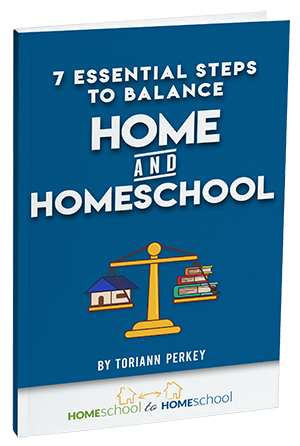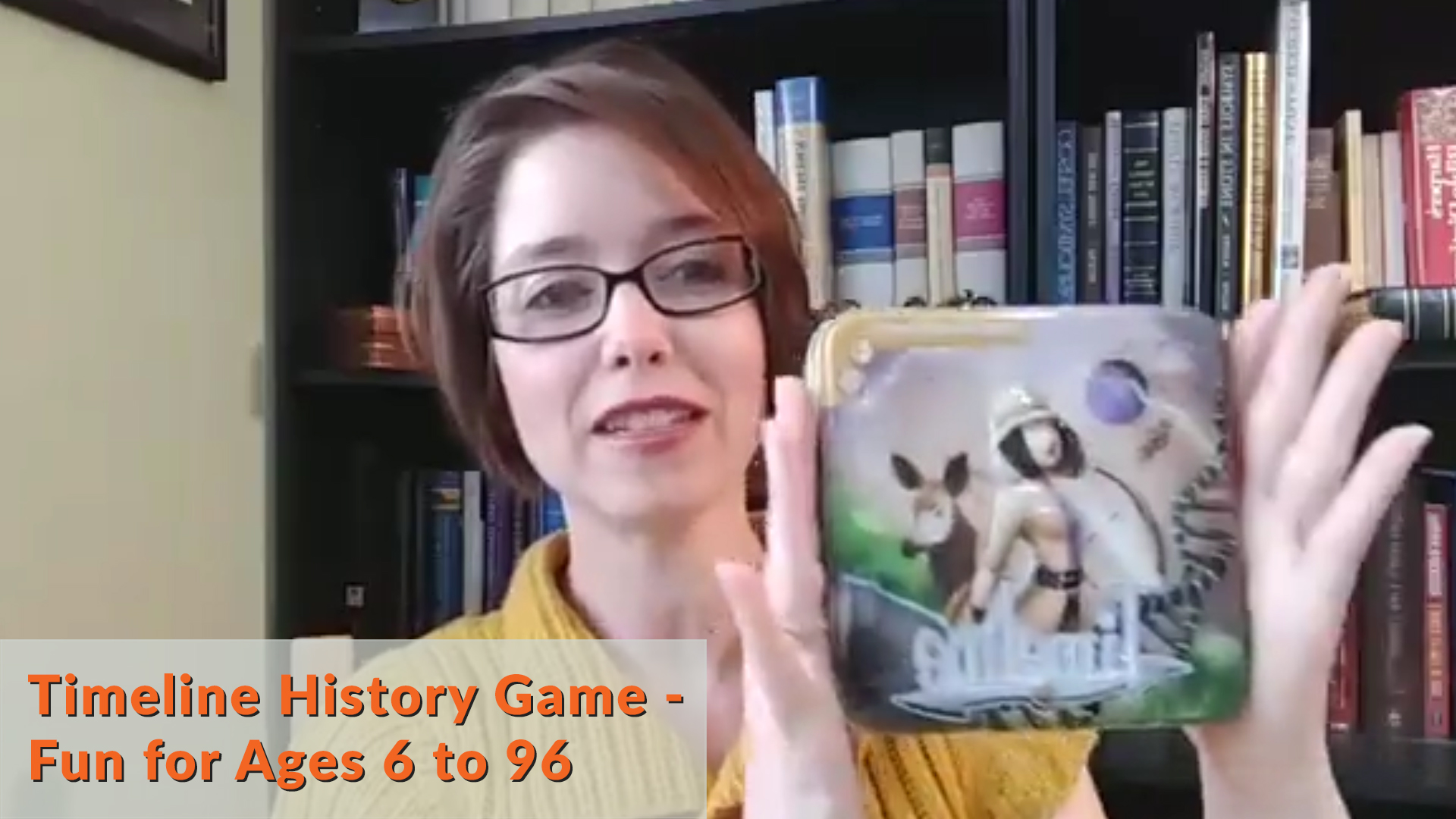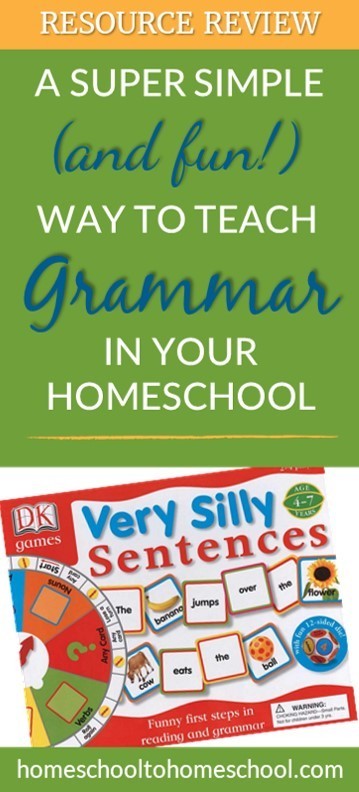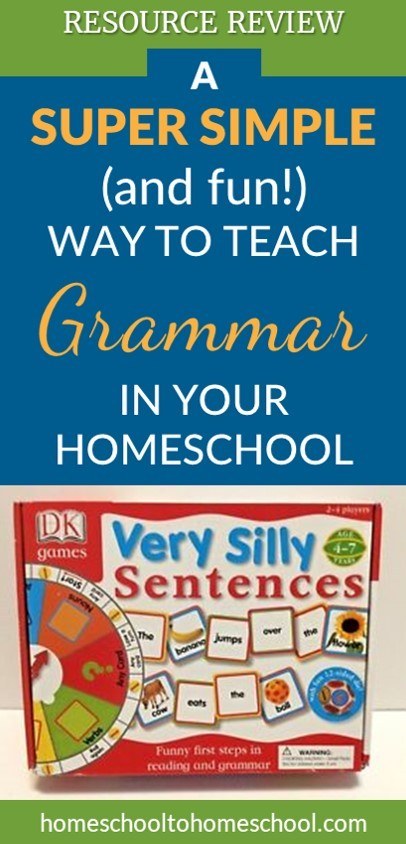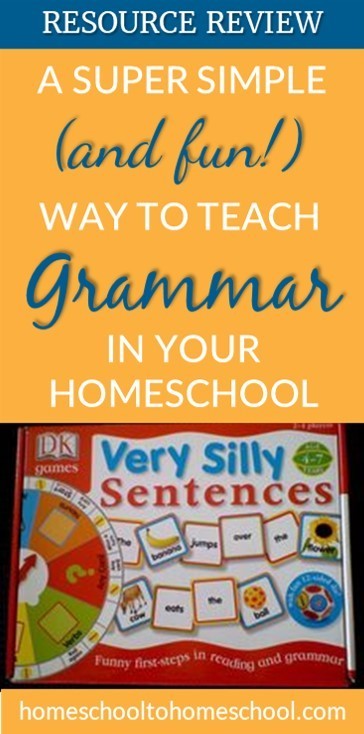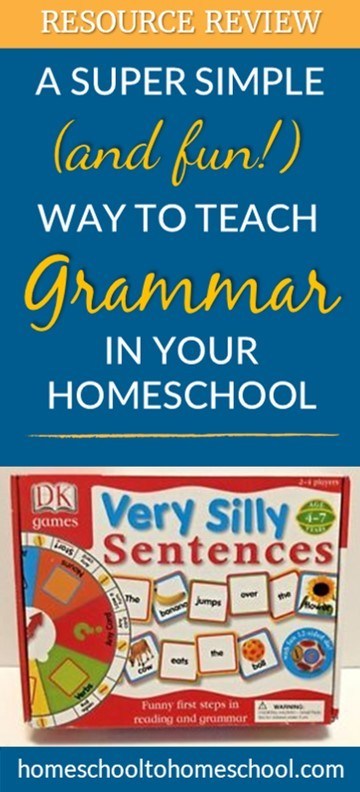
What do you say to yourself in the middle of a particularly hard day?
Are you telling yourself this is a “but a moment” and “this too shall pass”?
Or are you sure the day is “a disaster” and “I’m failing”?
How you speak to yourself in your head makes a huge difference as to how your homeschool experience will turn out. If you are mean and cruel and beat yourself up when things don’t go well, you shatter your confidence and destroy the opportunity for things to change.
But if you can step outside and shift your perspective … if you can take a deep breath and realize that this is only one moment of many … things can start to turn around.
Each moment you have a choice. Each moment you can decide that this is “but a moment.”
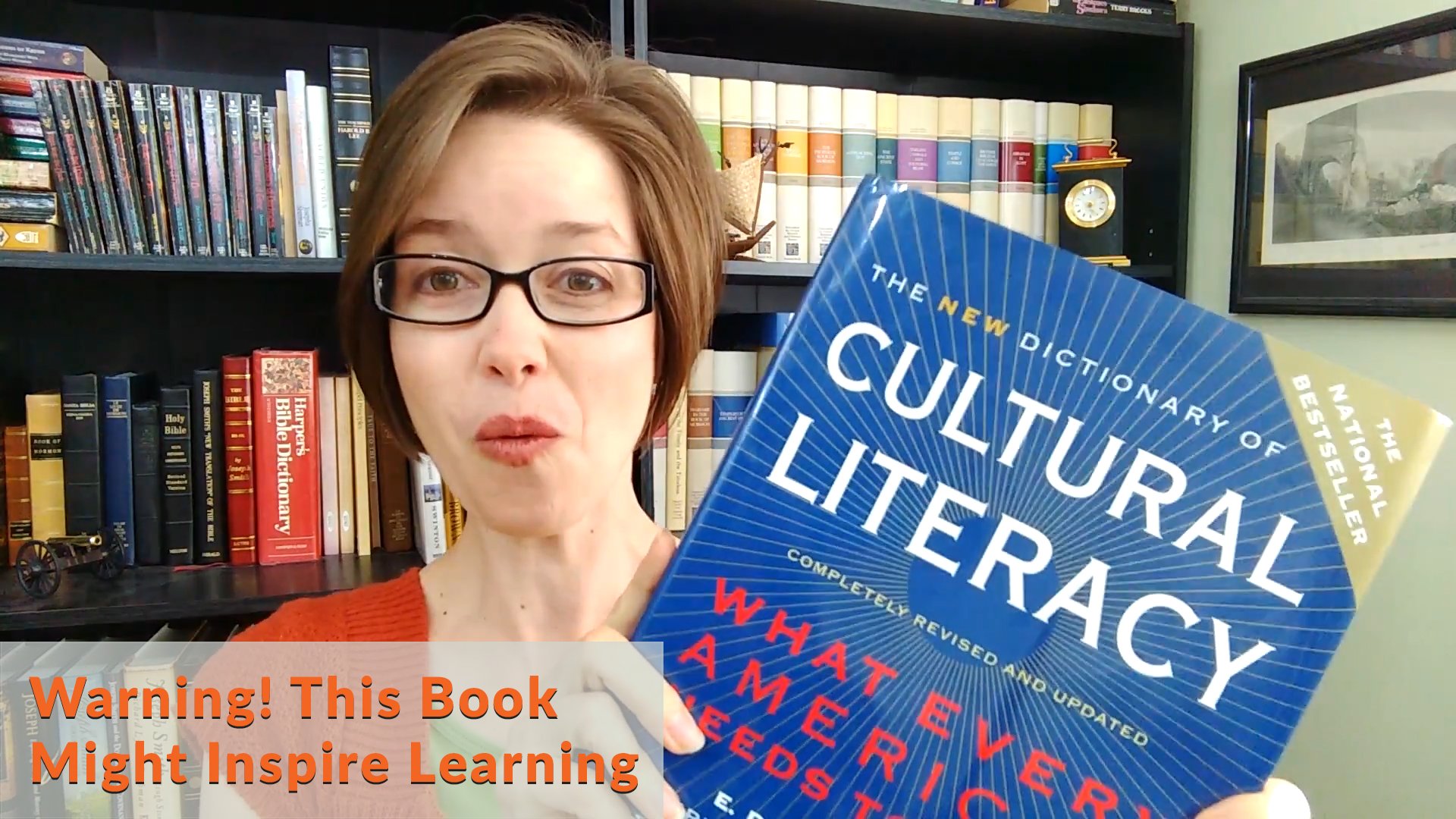
QUESTION:
What’s more fun than quizzing your kids on what they know?
ANSWER: When your kids get to quiz you!
Right now in our homeschool, we are having a BLAST with a book called “The Dictionary of Cultural Literacy.”
My kids open up to a random page, ask me a question, and wait to see if I can pull the answer out of my brain …
Sometimes I can, sometimes I can’t.
Either way … amazing learning is happening.
I’m always pleasantly surprised when the simplest things inspire fantastic learning in my home … even after all these years.
Check out the video for more details about the book and more awesome ways that you can use it to inspire learning in your home!
Click HERE to get one for your homeschool.
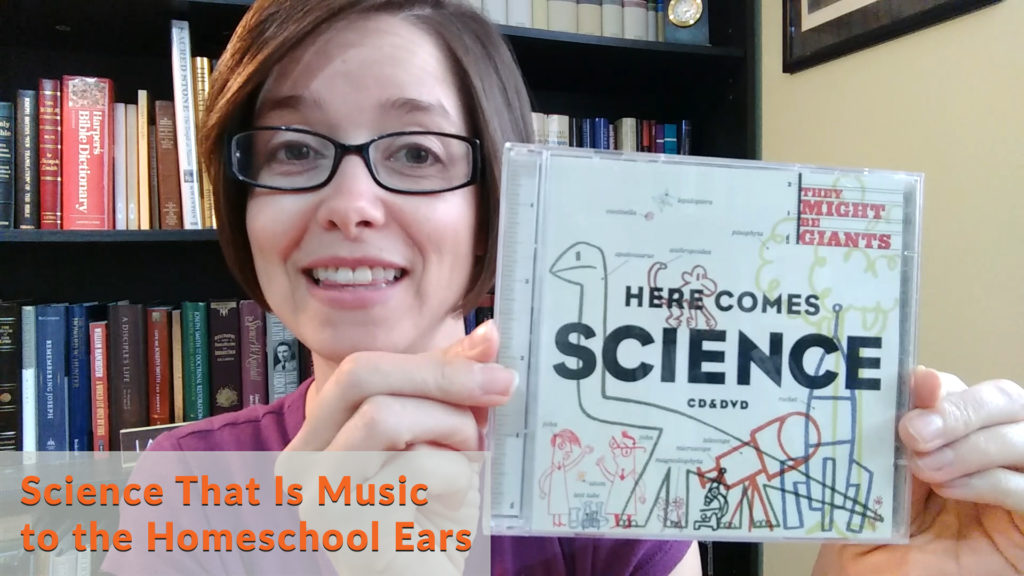
Want to spice up your homeschool science WITHOUT making a mess?
This album from They Might Be Giants is your answer!
19 songs … real science … funky clean music … even your teens will be singing along!
It’s also great for carschooling days when you want to get a little more “education” into the drive.
Click HERE to check this album out and preview the songs.
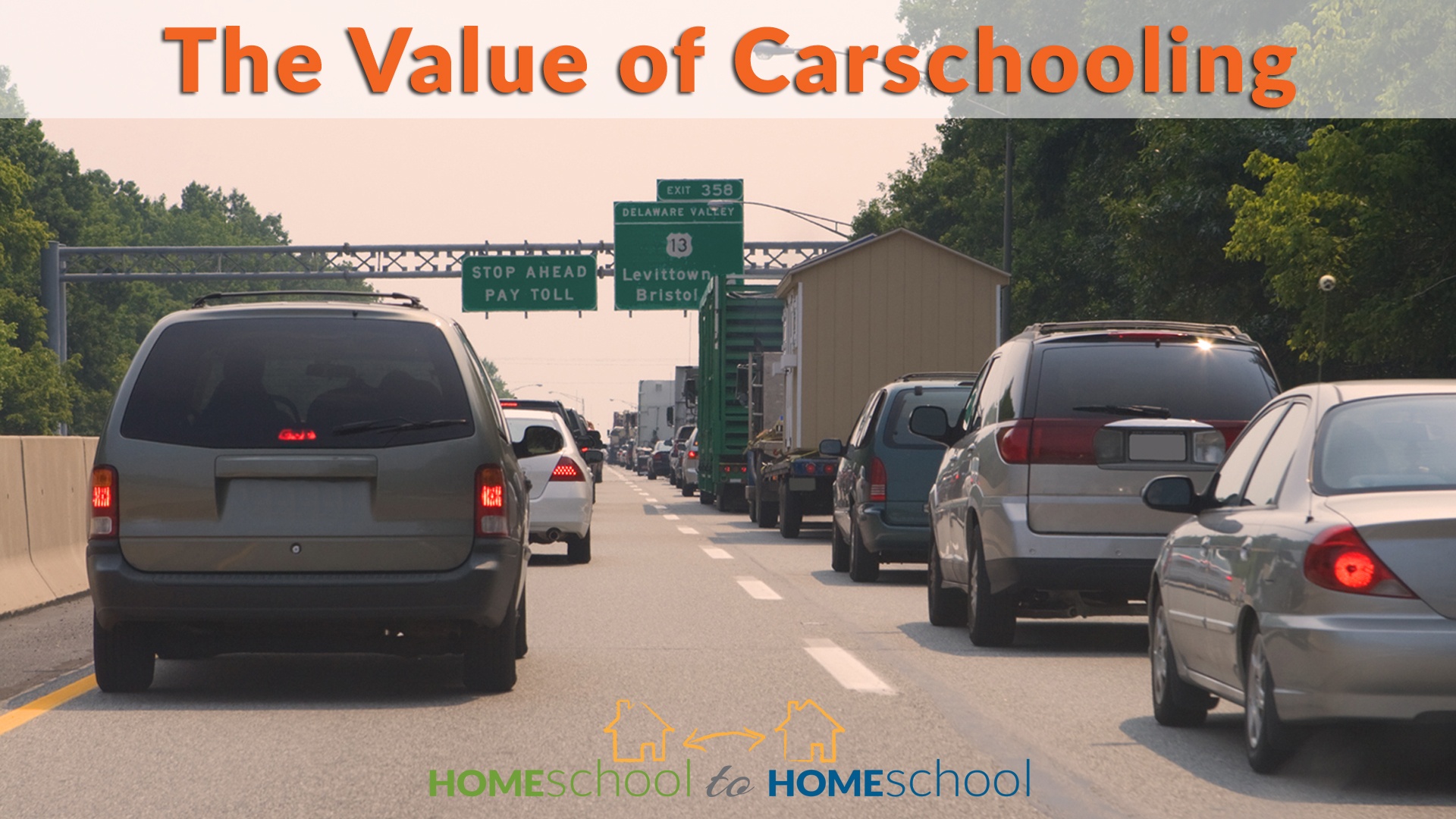
How much time do you spend in the car?
Between lessons and co-ops and errands, I have spent HOURS and HOURS in the car over my homeschooling lifetime.
Fortunately, I learned that my time in the car could be put to good use. And make the trip more enjoyable at the same time.
Carschooling is a term a lot of homeschoolers use to describe when you do homeschool in the car.
While there are homeschoolers who do carschooling exclusively (especially those who travel), most carschooling happens in conjunction with other kinds of homeschooling.
Listening is one of the easiest things to do … and we’ve done A LOT of listening over the years.
History, science, audio books, classical music, storytelling … in the car, ears are open and minds are free.
I love carschooling because it fits with my theory that when kids are younger, they are absorbing information like sponges. In the car I have a captive audience that I can feed a healthy diet of all kinds of learning.
And the awesome thing is I get to learn along with them … while also getting everyone where they need to go.
Awesome!

Ever feel frustrated because your kid doesn’t want to write?
Or do you wish you could simplify your language arts curriculum, save yourself some time, AND still produce great writers?
It’s totally possible to inspire a love of writing AND do it in less time and effort.
Because writing breaks down into THREE essential elements. And you can practice each element individually and to different degrees depending on what your child needs help with and what they are naturally good at.
What are these three essential elements that must be mastered in order to be a great writer?
Putting words on paper (or on a computer screen)
Spelling
Getting content out of the brain in a coherent manner
Often, as moms, we try to lump all three of these skills together.
“Write down your ideas.”
“Let’s do a book report.”
But if your kid’s development in these three skills isn’t the same, they will struggle and get frustrated.
(For example, if they are FABULOUS at TELLING you a story, but they struggle to write the story down on paper!)
Being aware of each of these essential skills, and then tackling them individually, can sometimes be an excellent way to still develop great writers without all of the resistance.
Let’s break each of these skills down.
Putting Words on Paper
This is traditionally called “handwriting” and “typing.” The goal is for your kid to be able to legibly produce letters in some way.
For some kids, this comes so naturally. “Look mom! I just wrote the alphabet!”
They go from letters to printing sentences to cursive … and often they practice on their own because they love it. (It’s true … I had one, so I know it’s possible!)
However, there are other kids who putting pen to paper is HARD! Whether they struggle with some form of dysgraphia or they genuinely are just not interested, they have no interest in “practicing” how to write.
For these kids, breaking down the process of handwriting can be very very helpful. And practicing this skill IN ISOLATION makes it easier for them to learn what they need to learn.
My favorite resource for learning handwriting is Handwriting without Tears. We’ve been using this program with great success with my youngest this year!
Typing is also a valuable skill that you can teach young. We’ve used two different programs over the years.
Typing Instructor is a game that you install on your computer.
If your kid is a little older and you like FREE (who doesn’t?) and don’t mind a few ads, we’ve had great success with the online instruction of Typing Club this year.
Spelling
If your kid can’t spell, they can’t communicate in writing very well.
I’ve learned over the years, it can be valuable to split spelling from content creation and handwriting. If your kid is struggling, isolating spelling allows them to focus on what they need help with without feeling the pressure to also produce something amazing.
My two favorite spelling curricula are:
Sequential Spelling (for my holistic, right-brained learners)
All about Spelling (for my logical, left-brained learners)
Content Creation
The last essential part of becoming a great writer is sharing great content.
Great content can be anything from an interesting story to a factual report to a summary of what your kid learned during the day.
Later in your kid’s schooling, writing will be how they organize and share their thoughts about what they are reading and learning. It’s one of the main ways others will assess how much they’ve understood and synthesized from a class.
I have found one of the ideal ways to prepare my kids to share great content is to encourage them to share their thoughts in an organized way as much as possible.
When kids are younger, one of the best ways to do this is through storytelling. Storytelling requires that a child structure their ideas (beginning, middle, and end) — AND emotionally connect with their ideas.
PLUS storytelling is FUN! So it’s much easier to get kids to practice when they are engaging in a storytelling game.
While there are many resources out there to help with storytelling, two of my favorites (because they are simple and easy) are:
Rory Story Cubes (See my previous review here.)
Tell Tale (see my video review below)
Handwriting, Spelling, Content Sharing — three essential skills.
As your kid works on writing, keeping each of these skills in mind will help you identify where the gaps or struggles are. You can focus on those … while still moving your kid’s ability to write forward.
If you want to check it out Tell Tale for your homeschool, CLICK here
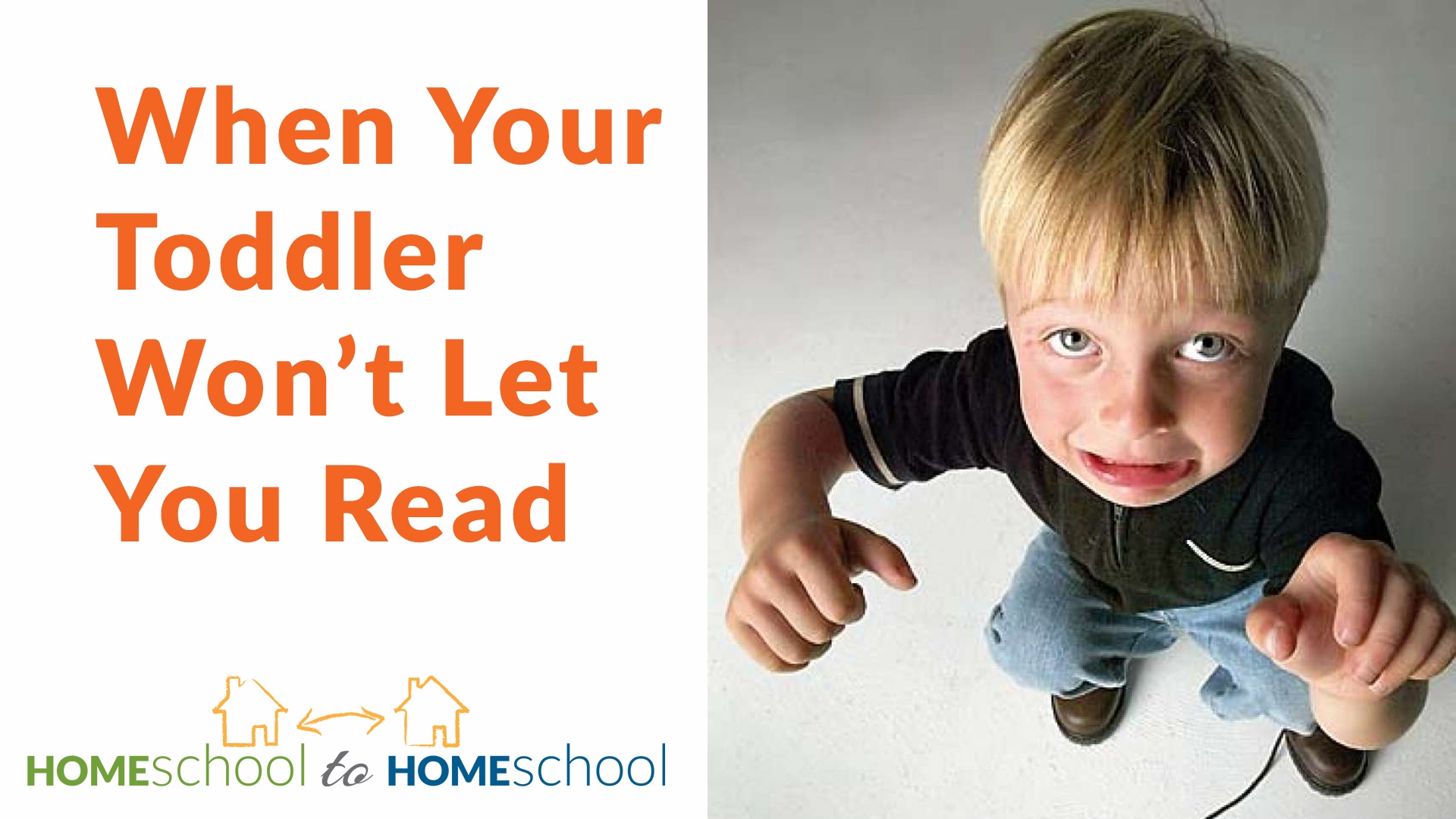
Question: What do you do when your toddler won’t let you read with your older kids?
Answer: This used to happen to us ALL THE TIME!
My youngest was such a stinker. We would be sitting on the couch trying to read. He would run over and pull at the book … scream loudly … or even spit on us as we tried to read.
It was soooo frustrating!
First I tried distracting him with toys. I also would consistently ask him to stop. But nothing worked.
So my solution was finally to firmly but kindly take him to his crib during reading time.
Each time I would explain that if he couldn’t join us respectfully then he wouldn’t get to join us at all. It took about 6 months, but he finally outgrew that phase.
(Did you read that?!? … SIX MONTHS! … People — parenting and homeschool is NOT for the faint of heart. Sometimes it takes TONS of patience and love for some children to learn certain skills.)
Of course, I want to really reinforce that I was careful to make sure he was getting time from me at other times so he also felt like he was special and important.
This wasn’t about ignoring, this was about setting boundaries and helping him learn to control his impulses. 🙂

Sometimes I play dumb with my kids.
The other day my daughter asked me if I knew what words she could use to replace “show” in a paper she was writing.
Immediately my brain started to churn out ideas — “display” “mirror” “reflect” “exemplify.”
But I caught myself before the words left my mouth … and instead I said, “I don’t know. Why don’t you look it up in the thesaurus.”
A few moments later she had found “illustrate” — a fabulous word! Plus she felt empowered to solve problems and find solutions on her own.
(Bonus: She had also practiced using a thesaurus!)
Over the years, I’ve learned that if I always give my kids the answer, they depend on me too much. Sure it feels good to be the one who knows something, but I have learned the hard way that my job isn’t to “feel good” when I’m educating my child.
My job is to teach them how to learn and how to be successful without me. Which means, I have to let go and let them figure things out on their own!
Does this mean I ALWAYS give them an “I don’t know”? Of course not!
There are also times when I can tell a child is struggling and needs my support … or has already put in hours and is exhausted … or they’re in a position where learning the skill to figure it out on their own wouldn’t be a good fit.
Then I step in and share what I know.
As with everything, it’s a constant question as to how I balance the two.
But knowing that I need to balance has made a huge shift in our homeschool. 🙂
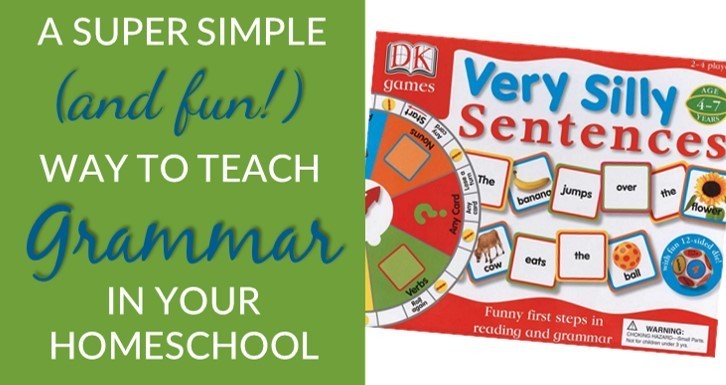
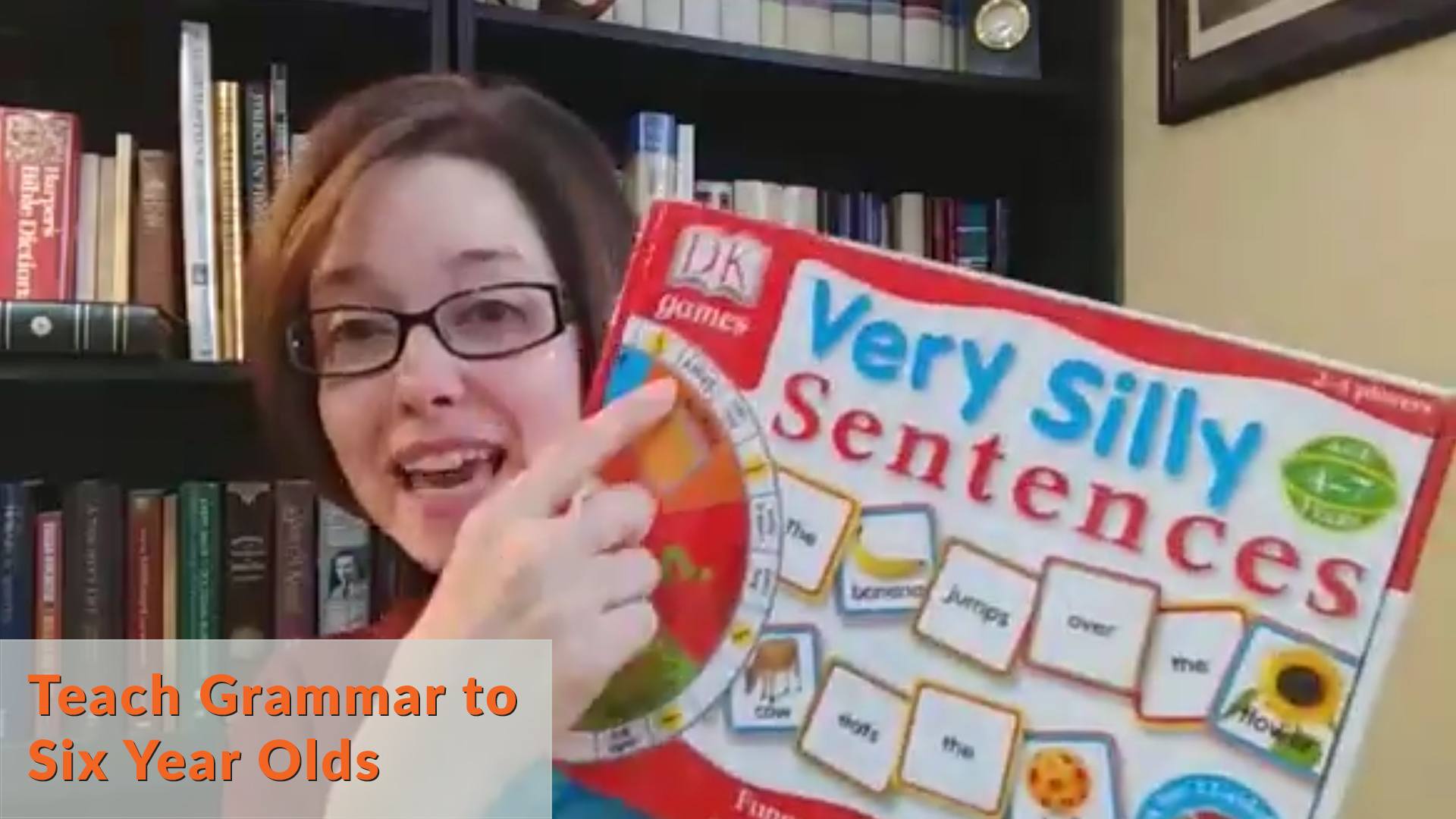
SCROLL TO WATCH
Ready to feel Confident and Successful as you homeschool?
Register below to watch my FREE CLASS
Confident Homeschool Secrets
7 Ways to Create a Homeschool That Works (and you LOVE!)
Save for later by pinning to your favorite Pinterest board!

Sometimes the biggest thing that gets in the way of having a homeschool that really works is the fear that it’s NOT working.
You look around and see all the amazing things that other people are doing — on Facebook, on Pinterest. Or you hear about it at the local park day — the kid who just graduated at 14 or the 4 yr old who is already reading Shakespeare.
And you can feel like a total failure because you have cheerios in your hair, and the best your kid could muster was stick drawing of the family for school that day.
Comparison is the #1 thing that will destroy you as a homeschool mom. You CAN’T compare how you’re doing. You are you … and they are them. What you do is based on what YOUR kids need and what YOUR family’s goals are.
The kid who graduated at 14 may struggle with depression. The kid reading Shakespeare may struggle with simple addition.
You never know … and it doesn’t matter.
What matters is that you figure out what your kids need and work to give it to them. Provide them space to learn and grow. Pay attention to opportunities that will light them up. Allow them to be different … and unique … and special.
Yes — it’s important to pay attention to growth and to ask if you’re on the right track. That’s okay. But make sure it’s YOUR track and aligned with the destination YOU want.
Let the fear that your kid and your homeschool isn’t measuring up go. And embrace the homeschool that you are meant to create.
